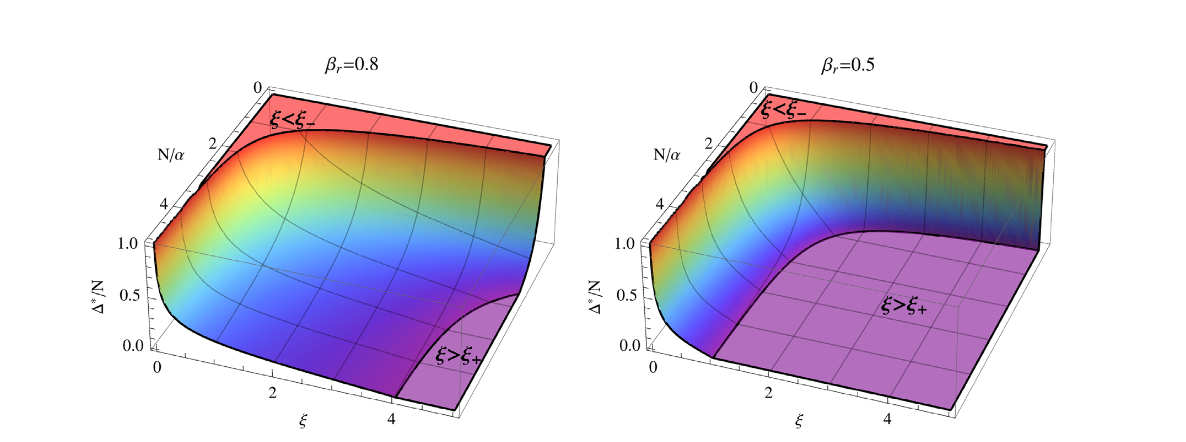Markus Bibinger from the University of Marburg, Christopher Neely from the Federal Reserve Bank of St. Louis and Lars Winkelmann from Free University Berlin published a paper using LOBSTER data. It is titled Estimation of the discontinuous leverage effect: Evidence from the NASDAQ order book and is forthcoming in the Journal of Econometrics.
Abstract: An extensive empirical literature documents a generally negative relation, named the “leverage effect,” between asset returns and changes of volatility. It is more challenging to establish such a return–volatility relationship for jumps in high-frequency data. We propose new nonparametric methods to assess and test for a discontinuous leverage effect — i.e. a covariation between contemporaneous jumps in prices and volatility. The methods are robust to market microstructure noise and build on a newly developed price-jump localization and estimation procedure. Our empirical investigation of six years of transaction data from 320 NASDAQ firms displays no unconditional negative covariation between price and volatility cojumps. We show, however, that there is a strong and significant discontinuous leverage effect if one conditions on the sign of price jumps and whether the price jumps are market-wide or idiosyncratic.
You can find the article here.


